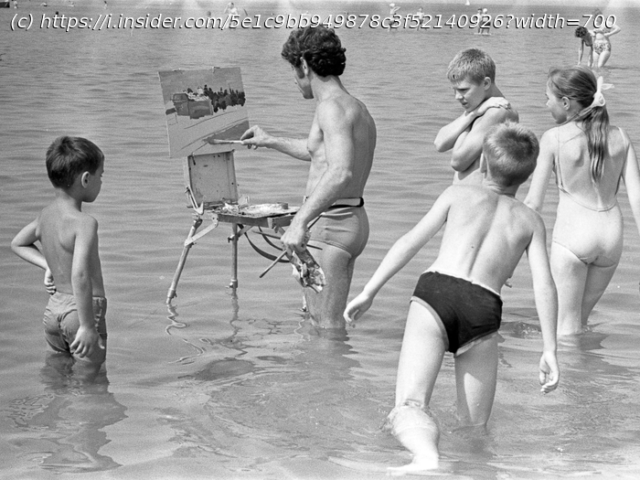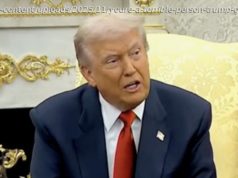Ahead of the meeting between Trump and Putin, take a look back at how the Soviet Union once tried to distance itself from the US.
The US and Russia might be trying to strengthen relations as President Donald Trump aims to end the war in Ukraine, but there was once a time when the two nations couldn’t be further apart.
During the Cold War, the Iron Curtain was a figurative and ideological wall — and eventually a physical one — that separated the Soviet Union from Western Europe after World War II.
Vintage photos provide a peek behind the curtain and show that, while members of the Soviet Union worked tirelessly to prove its power to the rest of the world, there was also time for music, shopping, and vacations in the sun.
Ahead of the meeting between Trump and Russian President Vladimir Putin on Friday, take a look back at how the Soviet Union once tried to distance itself from the US and its citizens from the influence of American culture.The Iron Curtain was a figurative and political barrier that divided Europe.
The name, widely attributed to Winston Churchill, hinted that life in the USSR was secretive and very different from other Western, capitalist countries.It sealed off the Soviet Union from Western countries.
The Iron Curtain separated the Soviet Union from the US, Europe, and other Western states between the end of World War II and the end of the Cold War in 1991.Life in the Soviet Union looked different before and after Joseph Stalin’s death.
The Soviet Union was believed to be brutally restrictive, but after Joseph Stalin died in 1953, there were changes to everyday life.After the building of the Berlin Wall, some Soviet citizens became more curious about American culture.
In 1961, the Berlin Wall was built, and a combination of curiosity and fascination with American culture began to build throughout the ’60s, ’70s, and ’80s, as reported by History.comThe US government used that curiosity as a tool.
Some of this fascination was fueled by the US State Department, which sent popular American music to Eastern Europe.American cultural exports offered new forms of entertainment.






